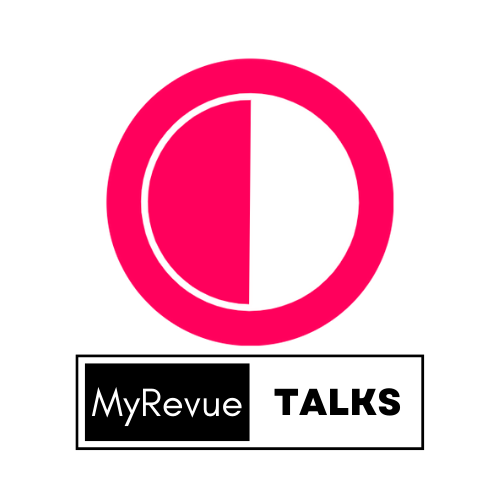User-Generated Content and User Ratings
(UGC) and user ratings go hand in hand, as user ratings are a specific form of UGC that customers use to express their opinions.

Written by Shivangi
Updated on 16/07/2023
<p class="MsoNormal"><br>
User-generated content (UGC) and user ratings go hand in hand, as user ratings
are a specific form of UGC that customers use to express their opinions and
provide feedback on products, services, or experiences. Here's how UGC
contributes to user ratings:<o:p></o:p></p><p class="MsoNormal"><br></p>
<p class="MsoNormal">Customer feedback and opinions: UGC, including user ratings,
allows customers to share their feedback and opinions on a specific product or
service. User ratings provide a quantitative representation of customers'
overall satisfaction, allowing businesses and potential customers to assess the
quality and value of a product.<o:p></o:p></p><p class="MsoNormal"><br></p>
<p class="MsoNormal">Decision-making tool: User ratings serve as a
decision-making tool for potential customers. When customers are considering a
purchase, they often refer to user ratings to gauge the reputation, quality,
and reliability of a product. UGC-driven user ratings influence purchasing
decisions by providing social proof and guidance from fellow customers.<o:p></o:p></p><p class="MsoNormal"><br></p>
<p class="MsoNormal">Transparency and trust: User ratings contribute to transparency
and trust in the purchasing process. When customers can see the ratings and
reviews left by other users, it creates a sense of transparency about the
product's quality and performance. UGC-driven user ratings build trust by
providing honest and unbiased opinions from real customers.<o:p></o:p></p><p class="MsoNormal"><br></p>
<p class="MsoNormal">Comparative analysis: User ratings facilitate comparative
analysis between products or services. Customers can compare user ratings
across different options to make an informed choice. UGC-driven comparative
analysis helps customers assess the strengths and weaknesses of different
offerings, leading to more confident purchasing decisions.<o:p></o:p></p><p class="MsoNormal"><br></p>
<p class="MsoNormal">Feedback loop for businesses: User ratings serve as a
feedback loop for businesses to gauge customer satisfaction and identify areas
for improvement. UGC-driven user ratings highlight specific aspects of a
product or service that resonate positively or need attention. This feedback
loop allows businesses to address customer concerns, refine their offerings,
and enhance the overall customer experience.<o:p></o:p></p><p class="MsoNormal"><br></p>
<p class="MsoNormal">Engagement and interaction: User ratings encourage
engagement and interaction between customers and businesses. Customers can
leave reviews, provide additional comments, or respond to questions or feedback
from other users. UGC-driven engagement and interaction through user ratings
foster a sense of community and allow for direct communication between
customers and the brand.<o:p></o:p></p><p class="MsoNormal"><br></p>
<p class="MsoNormal">Long-term impact: User ratings have a long-term impact on a
product's reputation and sales. Positive user ratings contribute to the overall
positive perception of a product and build a strong reputation over time.
UGC-driven user ratings create a feedback loop that can influence future
customers and impact the long-term success of a product or service.<o:p></o:p></p><p class="MsoNormal"><br></p>
<p class="MsoNormal">Constant evaluation: User ratings provide a constant evaluation
of a product's performance. As customers continue to leave ratings and reviews,
businesses can track changes in customer sentiment and identify trends or
patterns. UGC-driven constant evaluation allows businesses to monitor and
respond to evolving customer needs and preferences.<o:p></o:p></p><p class="MsoNormal"><br></p>
<p class="MsoNormal">Quality assurance: User ratings can serve as a form of
quality assurance for businesses. Positive ratings indicate that a product
meets or exceeds customer expectations, while negative ratings highlight areas
for improvement. UGC-driven user ratings help businesses ensure that their
offerings consistently meet the quality standards expected by their customers.<o:p></o:p></p><p class="MsoNormal"><br></p>
<p class="MsoNormal">Data-driven insights: User ratings generate data-driven
insights for businesses. By aggregating and analyzing user ratings, businesses
can extract valuable data on customer satisfaction, identify strengths and
weaknesses, and make data-driven decisions for product development, marketing
strategies, or customer service improvements.<o:p></o:p></p><p class="MsoNormal"><br></p>
<p class="MsoNormal">By leveraging UGC through user ratings, businesses can gain
valuable insights into customer satisfaction, make informed decisions, and
build trust with potential customers. UGC-driven user ratings serve as a
valuable tool for customers to assess product quality and guide their
purchasing decisions, while also providing a feedback loop for businesses to
enhance their offerings.<o:p></o:p></p>
<p class="MsoNormal"><o:p> </o:p></p>
